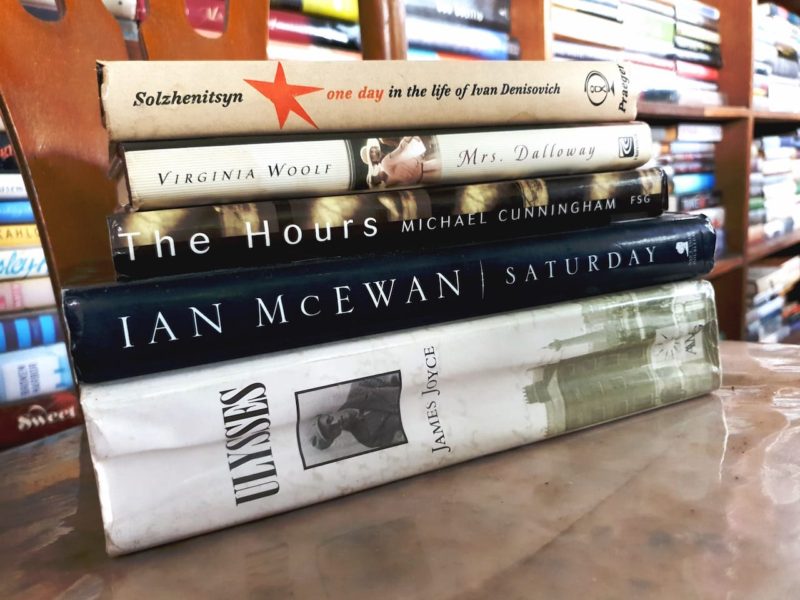The Widows of Eastwick (2008) by John Updike
The Widows of Eastwick by John Updike is a witty and vicious satire about the way we come to terms with our pasts. After his previous novel, The Witches of Eastwick, this is an enjoyable, foreboding follow-up. It’s up to readers to find out how characters from the previous book deal with the consequences of their past actions.
Eastwick, Rhode Island, was terrorized by the witchcraft of Alexandra Spofford, Jane Smart, and Sukie Rougemont. By the time they were 30 years old, each of the three women had remarried and left Eastwick. They are returning to their old Rhode Island homes to seek solace after the loss of their spouses. Toward the end of the novel, two of the women happily plan a vacation together.
Go Set a Watchman (2015) by Harper Lee
Go Set a Watchman is Harper Lee’s follow-up book to her previous novel To Kill a Mockingbird. It serves as an essential companion to To Kill a Mockingbird, confirming its enduring brilliance. Race relations in the 1950s and the complicated relationship between father and daughter are examined in this novel. It evokes a bygone era while also being relevant to our own.
The adult Scout’s disillusionment with her father is the central theme of the novel. Unlike Atticus in To Kill a Mockingbird, Atticus tells Scout that you have to go along to get along. As a young man, this Atticus is said to have been a member of the Ku Klux Klan; now, he serves as a member of the local Citizens Council.
My Friend Leonard (2005) by James Frey
For the first time in more than two years, an author who is still alive was chosen for the Oprah Book Club’s selection, James Frey with his book “A Million Little Pieces.” As a sequel, “My Friend Leonard” picks up precisely where the previous book left off. This book tells the story of a father-son connection that is both odd and inspirational.
James has been affected by a lifetime abuse of crack and alcohol and may be permanently crippled; Leonard is a former cocaine addict who serves as James’s father figure. When Leonard’s mysterious absence is explained, the narrative begins to open up in unexpected emotional directions. The novel is about the responsibility that comes with loving someone and going out on a limb to provide for them, no matter how small the sacrifice.
Imperial Bedrooms (2010) by Bret Easton Ellis
Bret Easton Ellis follows up his first novel, Less Than Zero, with an engrossing, tour-de-force sequel. As a follow-up to the author’s debut novel which came out in 1985, this is his seventh book.
Clay’s life intertwined with the lives of a gang of notorious teenagers are once again the focus of Ellis’ attention. Clay is now a successful screenwriter in New York and has just returned to Los Angeles to do casting for his next film. The book follows him as he goes through Los Angeles to cast his latest project. Soon, he’ll be jogging around L.A.’s shady side with his old group of friends.
Scenes of sex, violence, and hedonism are generally depicted in the novel. If there is one adjective to describe the author’s voice, it is “ominous,” which perfectly describes Ellis’s take on today’s narcissistic generation.
‘Tis (1999) by Frank McCourt
Set in 1949, ’Tis is a follow-up memoir to Frank McCourt’s Catholic boyhood story, Angela’s Ashes, and picks up where the previous book left off. Like the heart-breaking narrative of Angela’s Ashes, this sequel’s magical prose brings grandeur and beauty to the most tragic events with its singing Irish cadences.
This sequel continues Frank’s journey from a poor immigrant to a master storyteller. From Angela’s Ashes, Frank’s vulnerable but unbreakable spirit that captivated readers worldwide grows up; ’Tis chronicles his Irish migrant experience of that era in New York as he continues his journey into adulthood.
Further Reading
12 Books With Awesome Sequels by E. Ce Miller, Bustle
10 Debut Novels with Surprising Sequels by Asher Gelzer-Govatos, Paste Magazine
6 Literary Sequels You Never Knew Existed by Brian Boone, Barnes and Noble
11 Books With Amazing Sequels, So You Can Keep On Reading by Lindsay E. Mack, Romper




